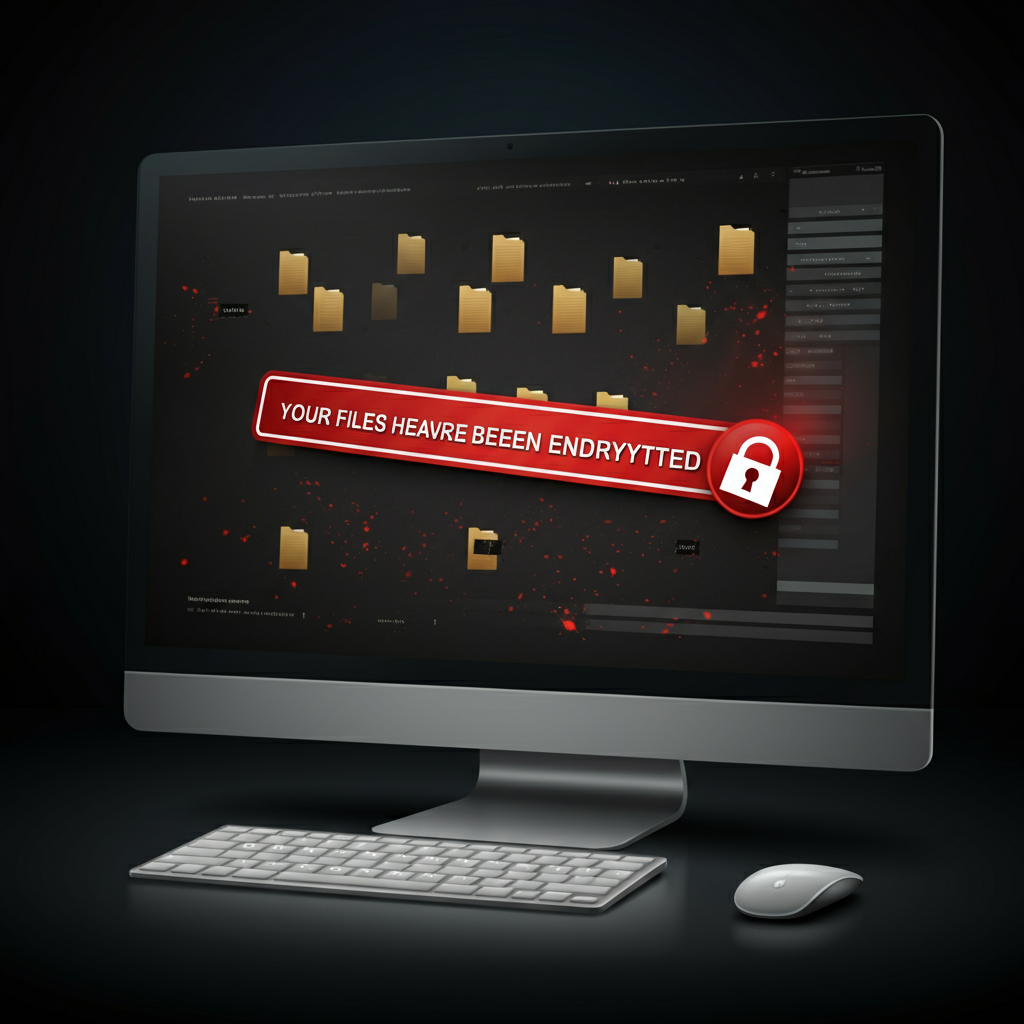- Email: contact@infosecproshub.com
- 333 Washington Avenue N, Minneapolis, MN 55401
- 952-463-1025

Cybersecurity threats keep evolving, and Ghost ransomware is one of the most serious you need to watch out for. Active since 2021, this dangerous group continues to target organizations across more than 70 countries. From schools and hospitals to government agencies and small businesses, no one is safe. Here’s what you need to know about Ghost ransomware and how to protect yourself.
Ghost ransomware infects systems by locking critical files and demanding payment to unlock them. Unlike other cyber attackers that trick people through phishing emails, Ghost focuses on technical weaknesses. It exploits outdated software, making its attacks especially dangerous for organizations that delay updates.
Some key facts about the group:
Ghost ransomware attacks are fast and efficient. Here’s how they typically execute their plans:
Ghost rarely steals large amounts of data, but they threaten to sell or leak encrypted files if the ransom isn’t paid.
The Ghost group targets a variety of industries, including:
With ransomware attacks on the rise, prevention is your best defense. Follow these seven steps to secure your systems:
Ghost ransomware works fast, sometimes deploying attacks within hours of gaining access. If criminals encounter sturdy defenses, they often move on to easier targets. By keeping your systems updated, well-monitored, and properly protected, you can reduce your chances of becoming a victim.
Ransomware attacks like those from Ghost are devastating but preventable. Acting now to secure your systems could save you from costly disruptions and data loss in the future.
Stay informed, take proactive steps, and remember that cybersecurity is a team effort. Protecting your organization starts with awareness and a commitment to strong security practices.
Need help enhancing your organization’s defenses against ransomware? InfosecProsHub provides practical insights and tools to keep your systems secure. Subscribe to our newsletter for the latest updates on cybersecurity trends and threats.